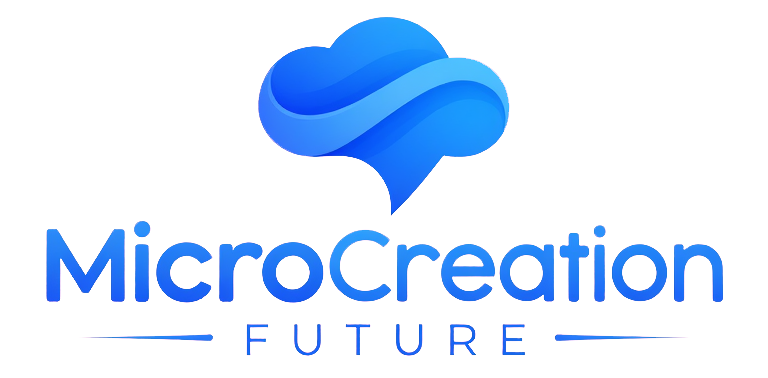Evolution of Enterprise Storage Solutions
The landscape of enterprise storage continues to evolve at an unprecedented pace, with server HDD technology remaining a cornerstone of data center infrastructure. As organizations grapple with exponential data growth, the role of high-capacity hard disk drives in servers has become increasingly critical. Today's enterprise storage requirements demand not just massive capacity, but also enhanced reliability, improved performance, and greater energy efficiency.
The server HDD market has responded to these challenges with remarkable innovations, pushing the boundaries of what's possible in mechanical storage. From increased areal density to advanced recording technologies, manufacturers are continuously developing solutions that keep hard drives relevant in an era dominated by discussions of solid-state storage.
Technological Breakthroughs in Modern Server Storage
Advanced Recording Technologies
The server HDD industry has witnessed significant advancement in recording technologies. Energy-assisted magnetic recording (EAMR), including heat-assisted magnetic recording (HAMR) and microwave-assisted magnetic recording (MAMR), represents the next frontier in storage density. These technologies enable drives to pack more data into the same physical space while maintaining stability and reliability.
Manufacturers are now implementing these technologies in production-ready server HDDs, promising capacities exceeding 30TB in the near future. This breakthrough addresses the growing demand for higher storage density in data centers while optimizing rack space utilization.
Enhanced Reliability Features
Modern server HDD designs incorporate sophisticated reliability features to ensure data integrity in demanding enterprise environments. Helium-filled drives have become standard in high-capacity models, reducing internal turbulence and power consumption while enabling more platters per drive. Advanced error correction algorithms and improved motor designs further enhance the dependability of these critical storage components.
The implementation of sensors that detect and compensate for vibration has significantly improved performance in dense server environments. These innovations help maintain consistent performance even in scenarios where multiple drives operate in close proximity.

Performance Optimization and Efficiency
Intelligent Firmware Solutions
The evolution of server HDD technology extends beyond hardware improvements to include sophisticated firmware optimizations. Modern drives feature adaptive caching algorithms that learn from usage patterns to optimize data access. This intelligence helps bridge the performance gap with faster storage technologies while maintaining the cost advantages of traditional hard drives.
Manufacturers have also implemented advanced power management features that balance performance with energy efficiency. These solutions automatically adjust drive behavior based on workload demands, reducing power consumption during periods of low activity while ensuring rapid response when needed.
Interface and Protocol Improvements
The latest server HDD models leverage improved interface technologies and protocols to maximize data throughput. With support for faster SATA and SAS interfaces, these drives can better serve high-performance computing environments. Enhanced command queuing and improved buffer management contribute to more efficient data handling and reduced latency.
Integration with modern storage protocols allows server HDDs to participate more effectively in software-defined storage environments. This adaptability ensures that mechanical drives remain valuable components in hybrid storage solutions.
Environmental and Sustainability Considerations
Energy Efficiency Innovations
The focus on environmental sustainability has driven significant improvements in server HDD energy efficiency. New motor designs and optimized power delivery systems reduce energy consumption without compromising performance. The adoption of helium-filled drives has played a crucial role in this advancement, as these designs require less power to operate while maintaining higher speeds.
Data centers can now achieve better performance per watt metrics, contributing to reduced operational costs and smaller carbon footprints. This efficiency gain becomes particularly significant when scaled across thousands of drives in large storage arrays.
Materials and Manufacturing
Server HDD manufacturers are increasingly adopting sustainable practices in their production processes. From responsible sourcing of rare earth materials to implementing recycling programs for end-of-life drives, the industry is making strides toward environmental responsibility. These initiatives not only benefit the planet but also help organizations meet their sustainability goals.
Advanced manufacturing techniques have enabled the production of more reliable drives while reducing waste and energy consumption during the manufacturing process. This holistic approach to sustainability extends throughout the entire lifecycle of server HDDs.
Future Prospects and Industry Outlook
Capacity Scaling and Innovation
The roadmap for server HDD development shows promising advances in storage capacity and performance. Research into new recording technologies suggests that capacities could reach 50TB or more within the next decade. These developments will help address the explosive growth of data center storage requirements while maintaining cost-effectiveness.
Ongoing research into alternative storage materials and recording methods may lead to breakthrough technologies that further extend the capabilities of mechanical storage. The industry continues to invest heavily in research and development to push the boundaries of what's possible.
Market Evolution and Integration
The server HDD market is expected to maintain its significance in enterprise storage solutions, particularly for cold storage and archival applications. While solid-state storage continues to grow in importance, the cost advantages and capacity capabilities of HDDs ensure their role in tiered storage architectures.
Integration with artificial intelligence and machine learning systems will likely lead to more sophisticated drive management and predictive maintenance capabilities. These advances will help organizations optimize their storage infrastructure while minimizing downtime and maintenance costs.
Frequently Asked Questions
What is the expected lifespan of modern server HDDs?
Modern server HDDs are designed to operate continuously for approximately 5-7 years under normal conditions. However, actual lifespan can vary based on workload, environment, and maintenance practices. Enterprise-grade drives typically offer mean time between failure (MTBF) ratings of 2.5 million hours or more.
How do server HDDs compare to SSDs in data center applications?
Server HDDs offer superior capacity per dollar and are ideal for bulk storage applications where access speed is less critical. While SSDs provide faster access times and better random I/O performance, HDDs remain the cost-effective choice for large-scale storage requirements and cold data storage.
What role will server HDDs play in future data centers?
Server HDDs will continue to play a crucial role in data centers, particularly for capacity-intensive applications and tiered storage architectures. Their evolving capabilities, combined with cost advantages, make them indispensable for managing the growing volume of enterprise data while maintaining reasonable infrastructure costs.




